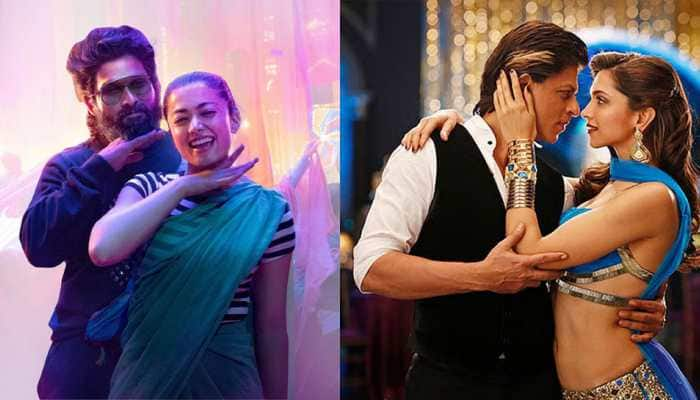Ganesh Chaturthi 2018: Hidden meaning of Lord Ganpati's body parts
Did you know that the body parts of Lord Ganpati have hidden meanings?
Trending Photos
) Image Courtesy: Pixabay image
Image Courtesy: Pixabay image The Nation celebrates the birth of Lord Ganesha, son of Shiva and Goddess Parvati. The holy festival of Ganesh Chaturthi marks Lord Ganpati's birth and marks a 10-day-long festival during which people offer their blessings to the deity. In states like Maharashtra, Ganesh Chaturthi is the biggest festival.
If we ask you about the things you know about Lord Ganesha, you would probably say that he is Lord Shiva and Goddess Parvati's son and that his name is chanted prior to any important work. Also, he has the head of an elephant, a large belly and loves 'modak'.
However, did you know that the body parts of Lord Ganpati have hidden meanings?
The unique body parts of Ganesha are a description of his character and also of the qualities that humans must adapt for spiritual growth.
Let us tell you about the hidden meaning of Lord Ganpati's body parts:
An elephant is strong enough to uproot trees. It sustains on leaves and grass. An elephant makes multiple uses of its trunk - to take shower, have its food, reach out to the branches for leaves and even offer something to someone. Likewise, Ganesha's trunk is a symbol of strength and wisdom. A wise mind can penetrate far and wide and thus help in making correct decisions.
The large, majestic ears of Lord Ganesha indicates that he listens to the prayers of every single human being who is devoted to him.
Ganesha is always depicted as having four hands, with one bearing lotus, one holding a hatchet, one hand carrying sweetmeats and the fourth hand is always seen in an 'Aashirwad Mudra'.
The lotus symbolises enlightenment and the hatchet symbolises that enlightenment can cut off all bonds of attachment with the material world.
The sweetmeats are the symbol of sweet gains reaped by practising good deeds.
The 'Aashirwad Mudra' or the blessing pose means that an ideal person will always wish for the well-being of one and all.
Also, Ganesha is always portrayed with one foot on the ground and the other resting on his knee. This posture is symbolic of the fact that the enlightened person lives on earth without any attachment to material life.
We also see Ganesha as riding on the back of a rat. The rat usually stands for greed. The mind of a wise person must always control his senses. A human being's desire or greed must never control him. This is the message Ganesha gives by sitting on a rat.
Stay informed on all the latest news, real-time breaking news updates, and follow all the important headlines in india news and world News on Zee News.
Live Tv







)
)
)
)
)
)
)
)
)
)
